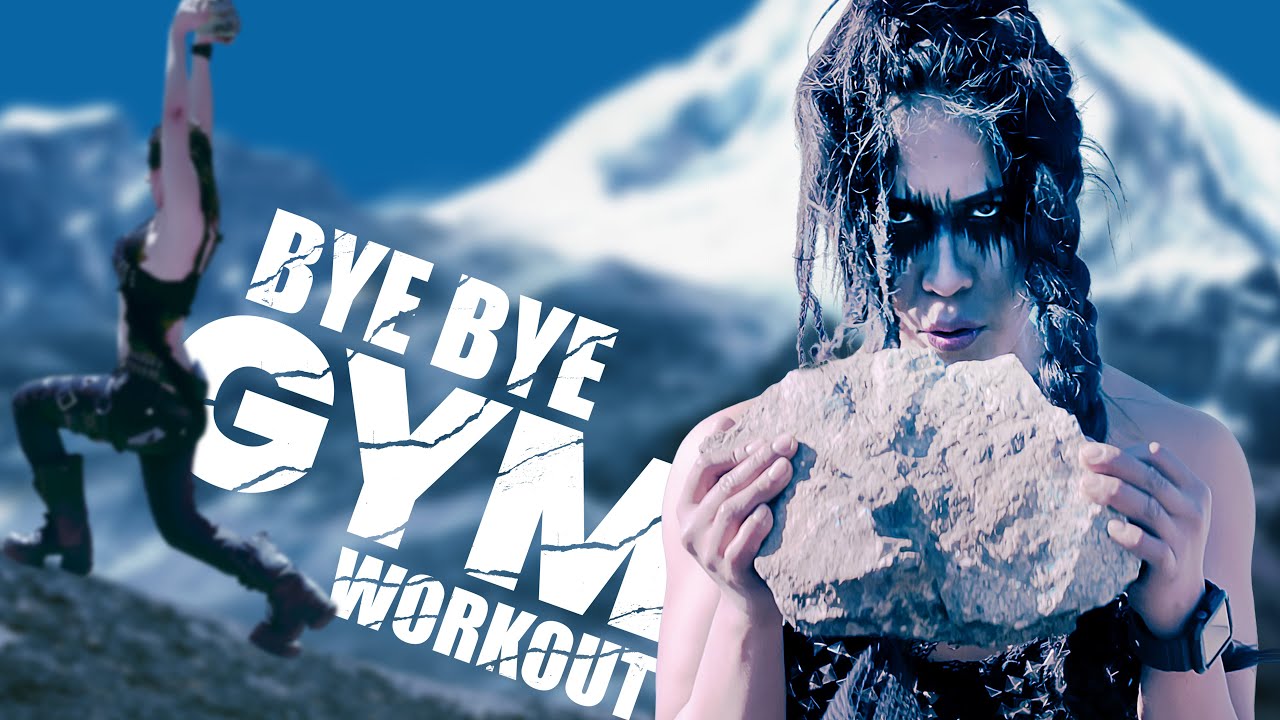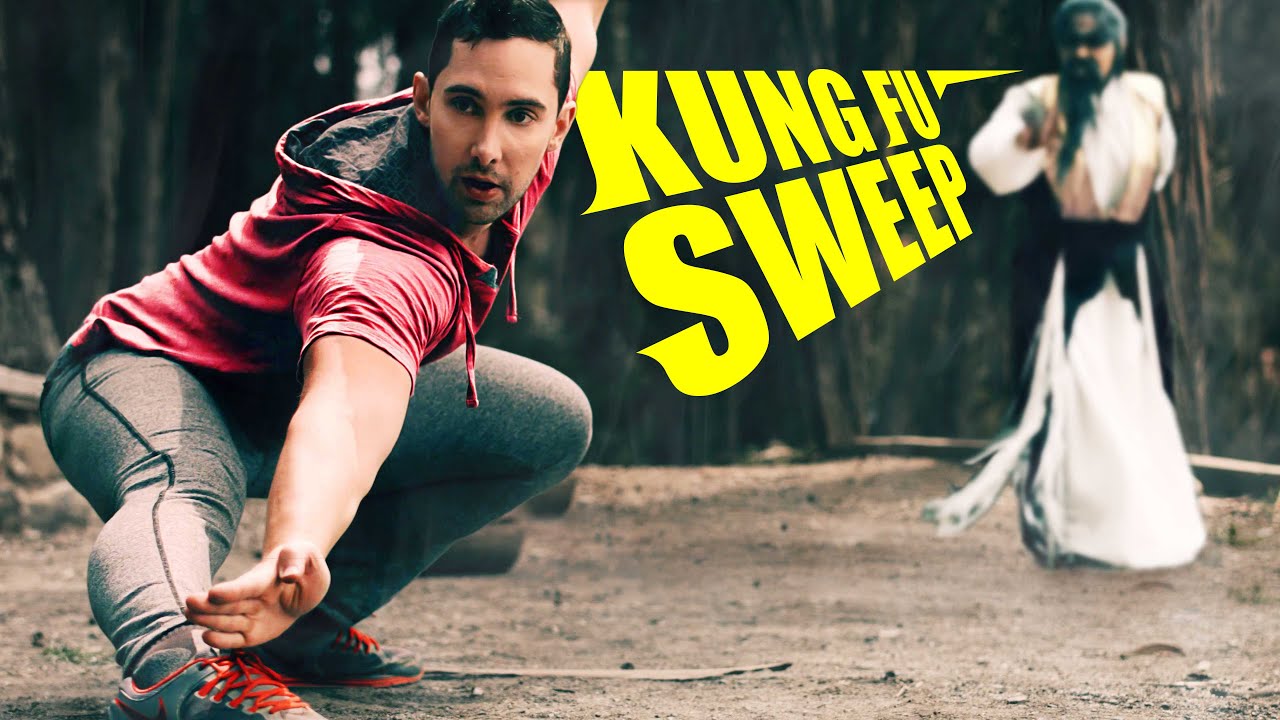How to do a Wall Flip
In this lesson you will learn how to do a wall flip. The wall flip is a lot easier if you can already do a gymnastic back tuck or at least a back handspring. I will explain 3 wall flip variations in this instruction. The easiest and safest one is the Tucked Wall Flip, because if you mess up, you have your hands in front of your body and can land on all 4 like a cat. Then there is the wall flip stepout, where you kick the second leg all the way through and land on one leg first. This is a little more dangerous for the landing leg, but not much harder. And then there is the moon wall flip and the wall flip layout. This will be quite easy for the gymnasts among you. BTW, as you can see, I posted the wall flip in the parkour and free running section. But the wall flip can be quite interesting for anybody who is into acrobatics, acrobatic martial arts or gymnastics. Find more parkour and free running instruction on the parkour main page.




